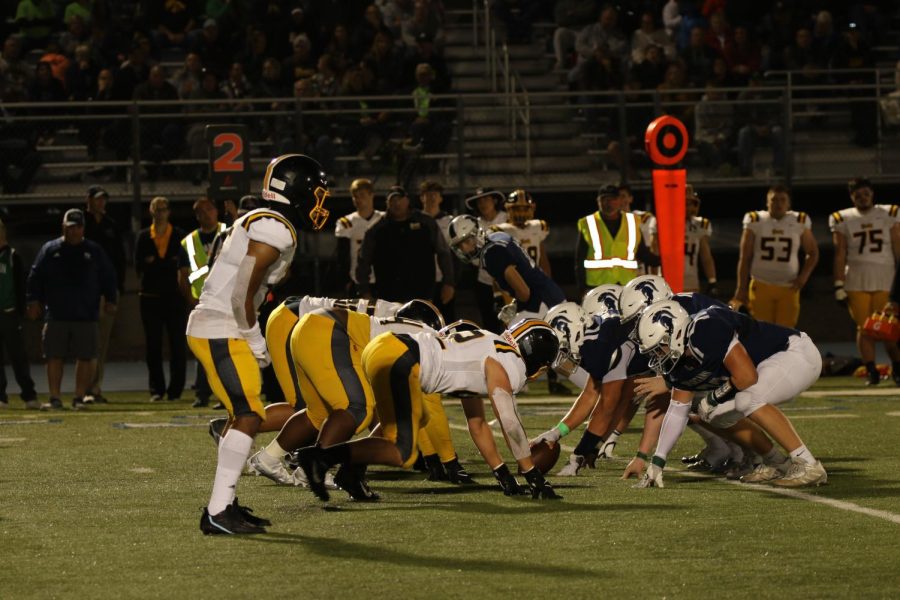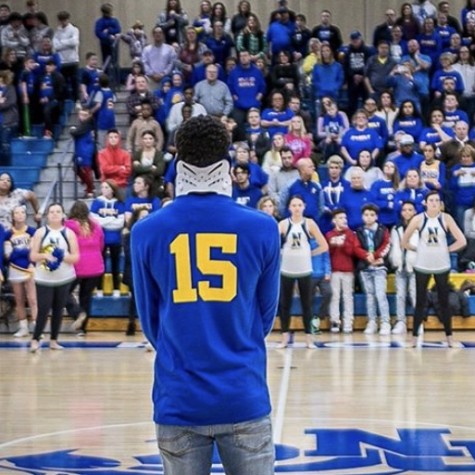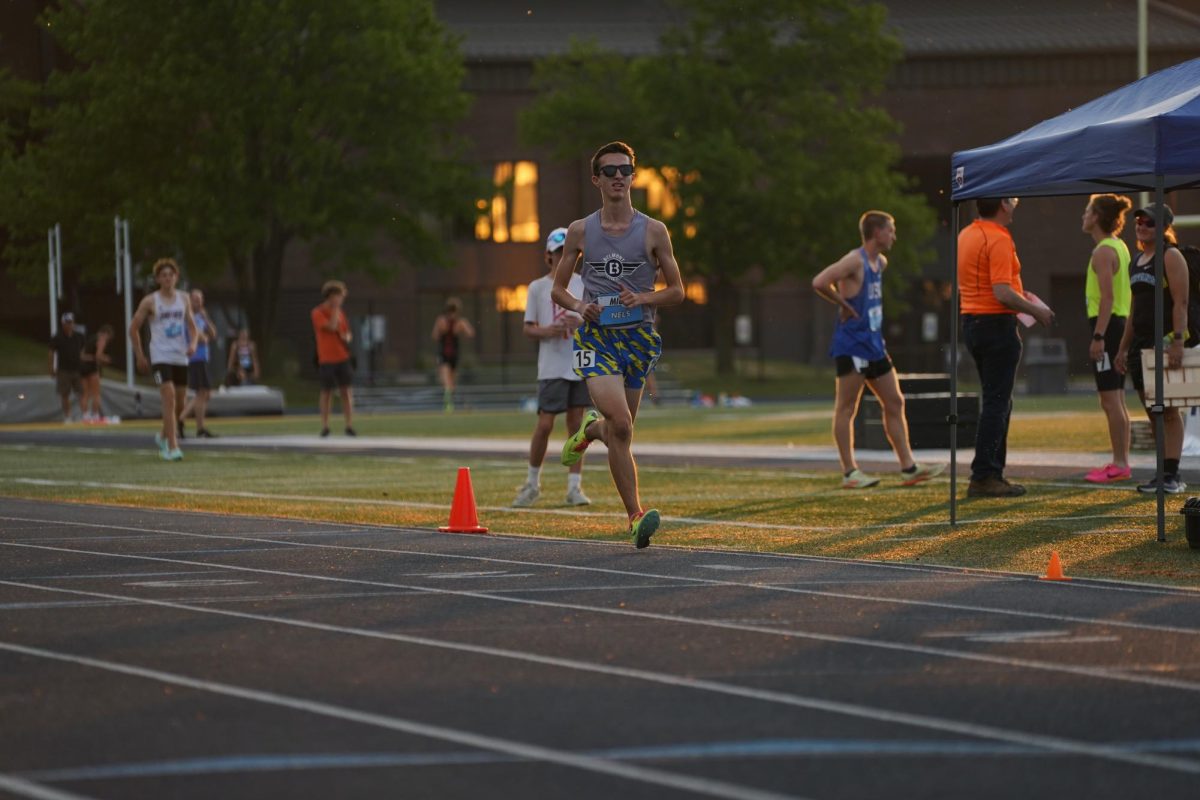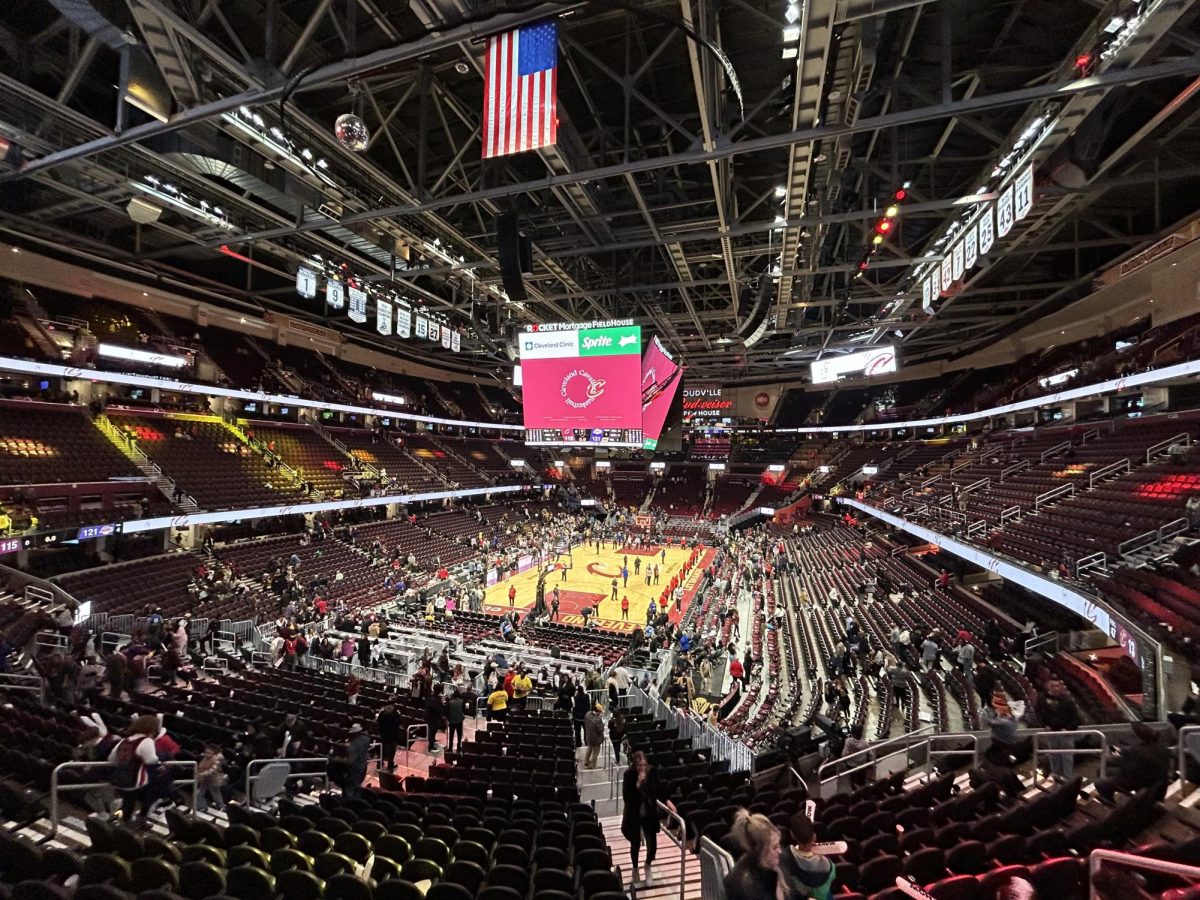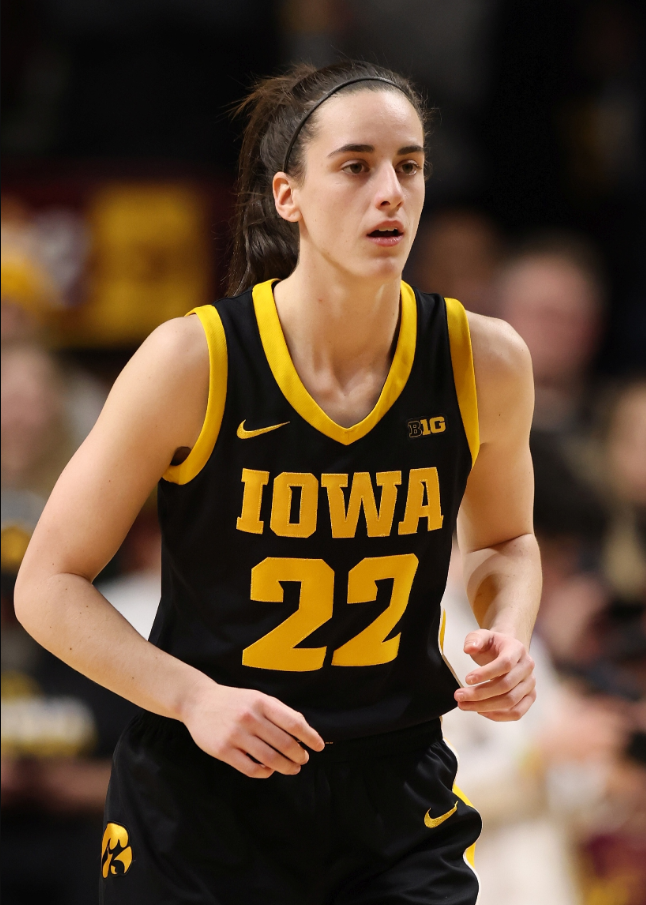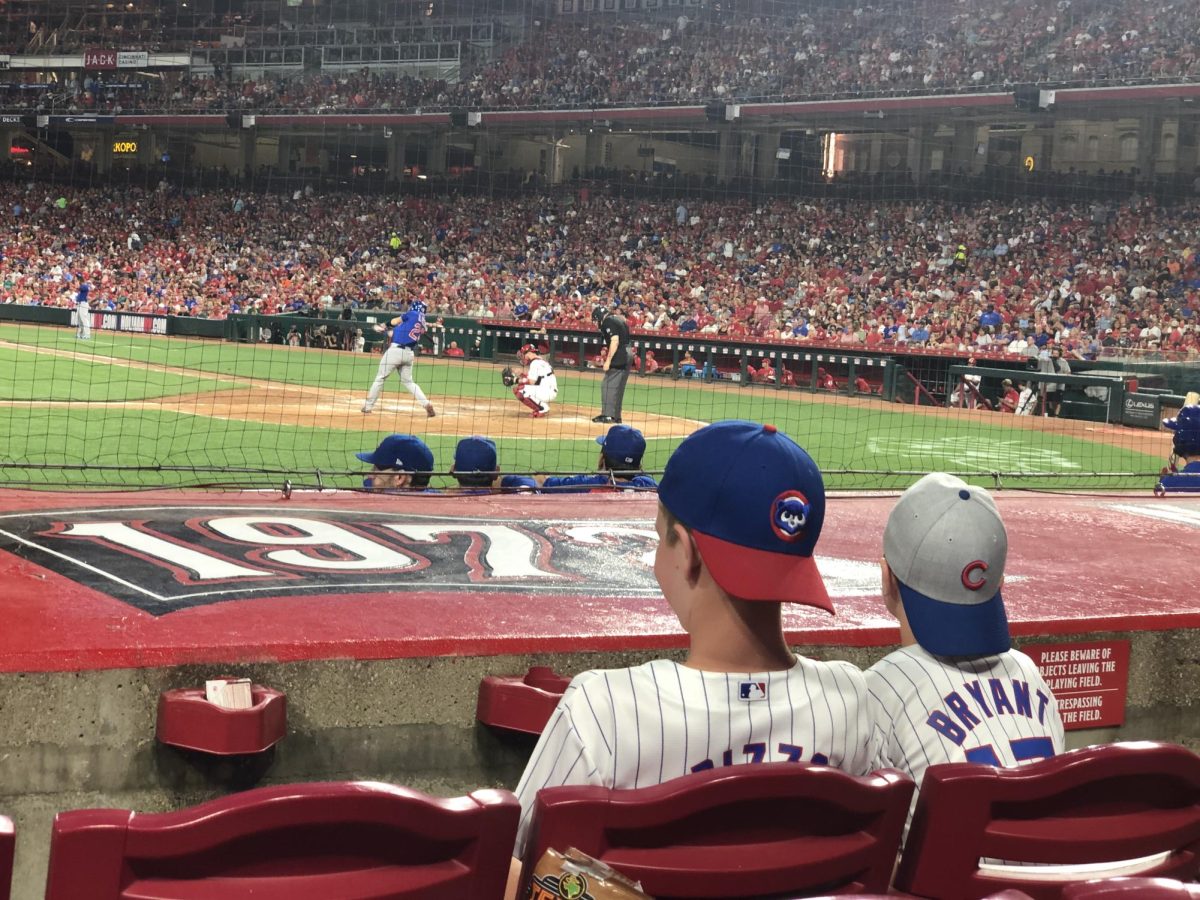What is the greatest sports rivalry of all time? Is it Duke – North Carolina or Bears – Packers? Maybe it’s a foreign rivalry, Barcelona – Real Madrid. Or perhaps it’s your local high school’s rivalry. Regardless, few rivalries are so famous that the teams’ names are left out of the title—“The Game”—because everyone knows who they are.
On Saturday, Nov. 26,the Michigan Wolverines faced off against the Ohio State Buckeyes in a game that will go down in history. “The Game,” taking place every year since 1918, was full of excitement as Michigan looked to add a second win to their streak after defeating Ohio State’s 8-year reign in 2021.
But what happened as Michigan prevailed over Ohio State, 45 – 28, was not just another amazing game in that long series. It was a face-off of different offensive philosophies that have developed since the beginning of football—philosophies that are relevant today from high school to the NFL.When football began to be played in the late 1800s among elite American universities, it was a much more physical game. With its roots in rugby, football initially focused more on running the ball than on long passes with quarterbacks. In early football, elite offenses ran plays like the “single wing,” a mass concentration of players on one side of the field to protect one runner’s progress.
Today is a different game. It is one that has developed to spread the game out to allow more space for passing and running. This is accomplished by spreading the quarterback’s receivers out, forcing the defense to spread out in response.
The teams that take this strategy to heart run what is generally called a “spread offense.” It originated with Michigan and Kansas State in the mid ‘90s, and has become popular in today’s football. Ironically, a team that helped develop the strategy, Michigan, is one of the teams now that plays a more “traditional” game instead of the “spread offense”. Michigan tends to lean on their elite offensive linemen to create opportunities for their running backs to run the ball.
That juxtaposition of playing styles that took place in the Michigan-Ohio State game plays itself out today at all levels of football. Teams like Ohio State in college and the Kansas City Chiefs in the NFL use the “spread offense” to great success, but there are other teams like Michigan who carry the banner of a more traditional style of play.
Some who consume football regularly say the newer style of play is more appealing to watch with high scores and flashy plays (characteristic of spread-offenses) than the slow, physical game that Michigan plays. Landon Asta, a varsity football player for the Spartans, says that he agrees, mentioning the Kansas City Chiefs, “I personally prefer watching offenses like the Chiefs that spread out the defense . . . they have a good quarterback that can string out the defenders.” This problem of connecting more viewership attraction with higher point totals is not unique to football, and could be a real factor that affects views of games.
PV football coach Rusty Vanwetzinga commented on trends in high school football. “I would say most of the HS football teams we play tend to run the ball a bit more than pass. I would say usually the breakdown is 60% run to 40% pass but understand each team is different based on what they believe gives them the best chance to win,” he stated.
Van clarified that although teams may use passing and running in differing amounts, they compliment each other and are both required for a team to be effective. He continued, “PV focuses on both run and pass. We pass to score and our run game sets up our passing opportunities,” highlighting PV’s own approach to the game of football. Asta added that in PV’s situation this season, they find themselves with more running firepower than throwing talent, and that their strategy stems from who they have in a given year, “PV definitely focuses on run plays . . . because we have good running backs that can consistently run the ball.”
Regardless of the current “best” strategy, football is a dynamic game. It has changed drastically since its inception and will continue to change in the future. But what is perhaps one of the most intriguing parts of football is watching humans use their creativity to squeeze smaller and smaller fractions of efficiency and strategy out of a game that has been played for hundreds of years.








